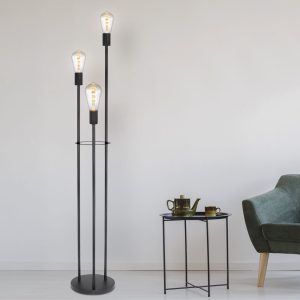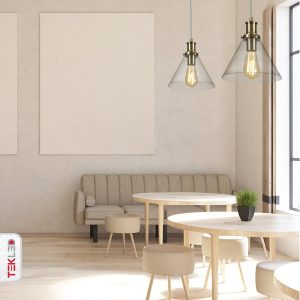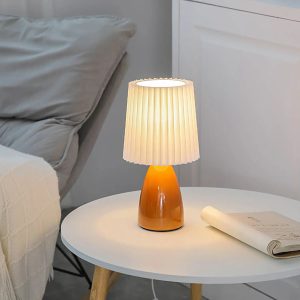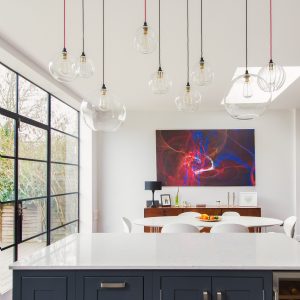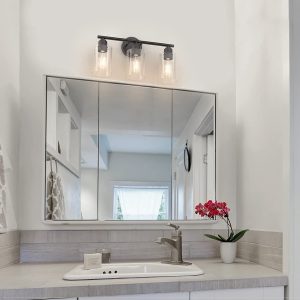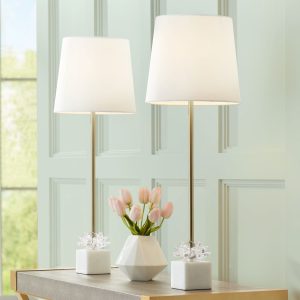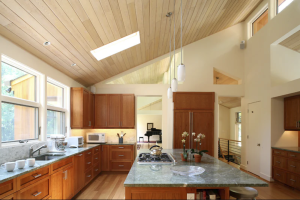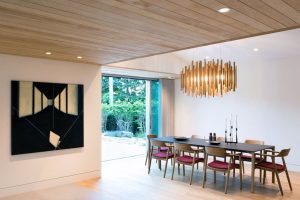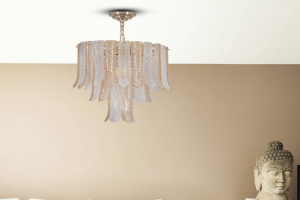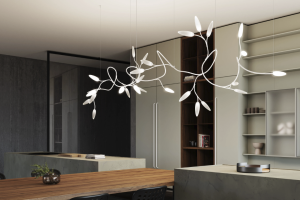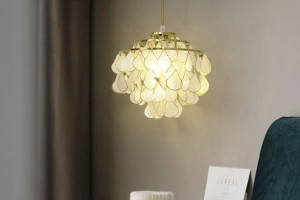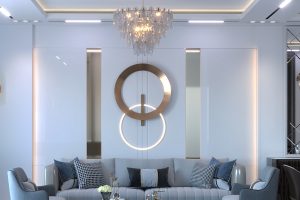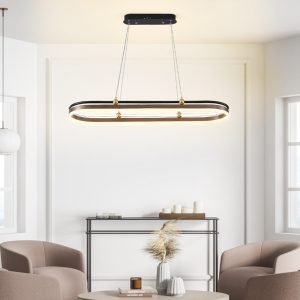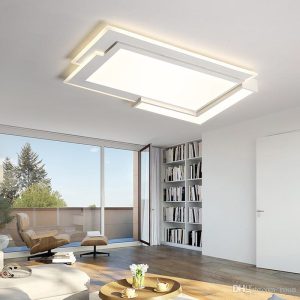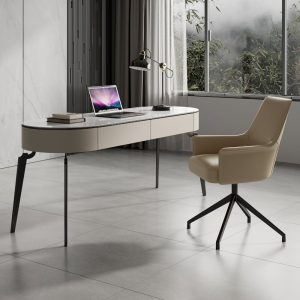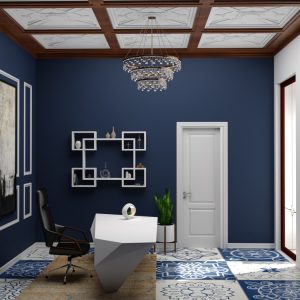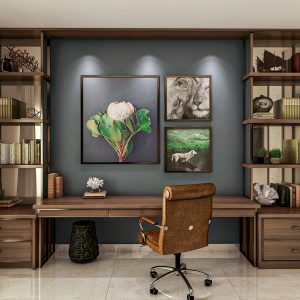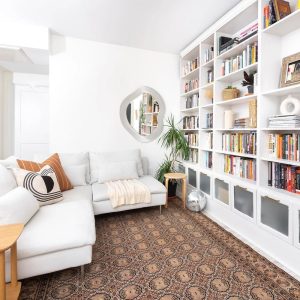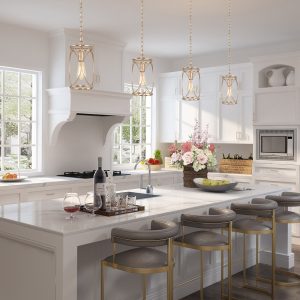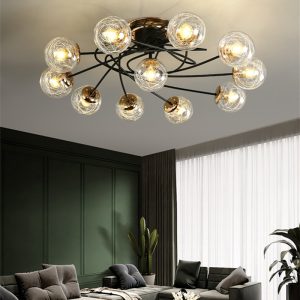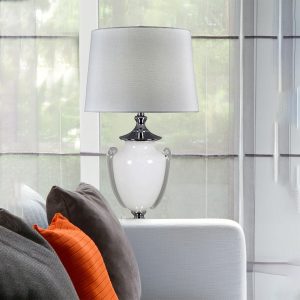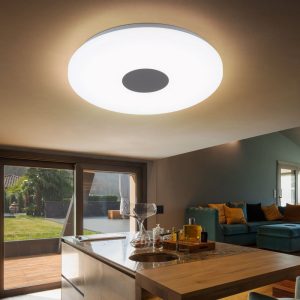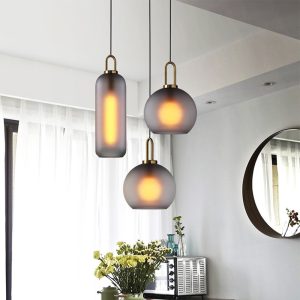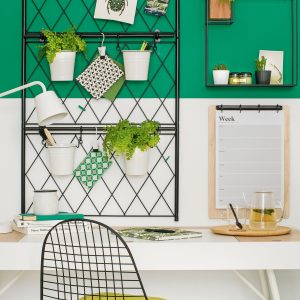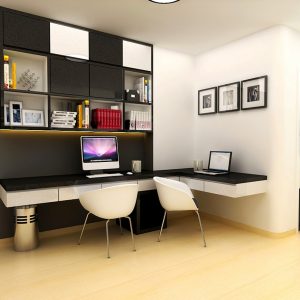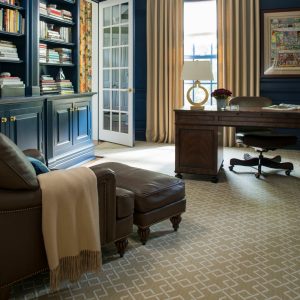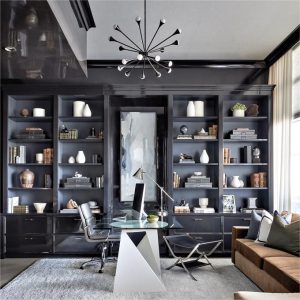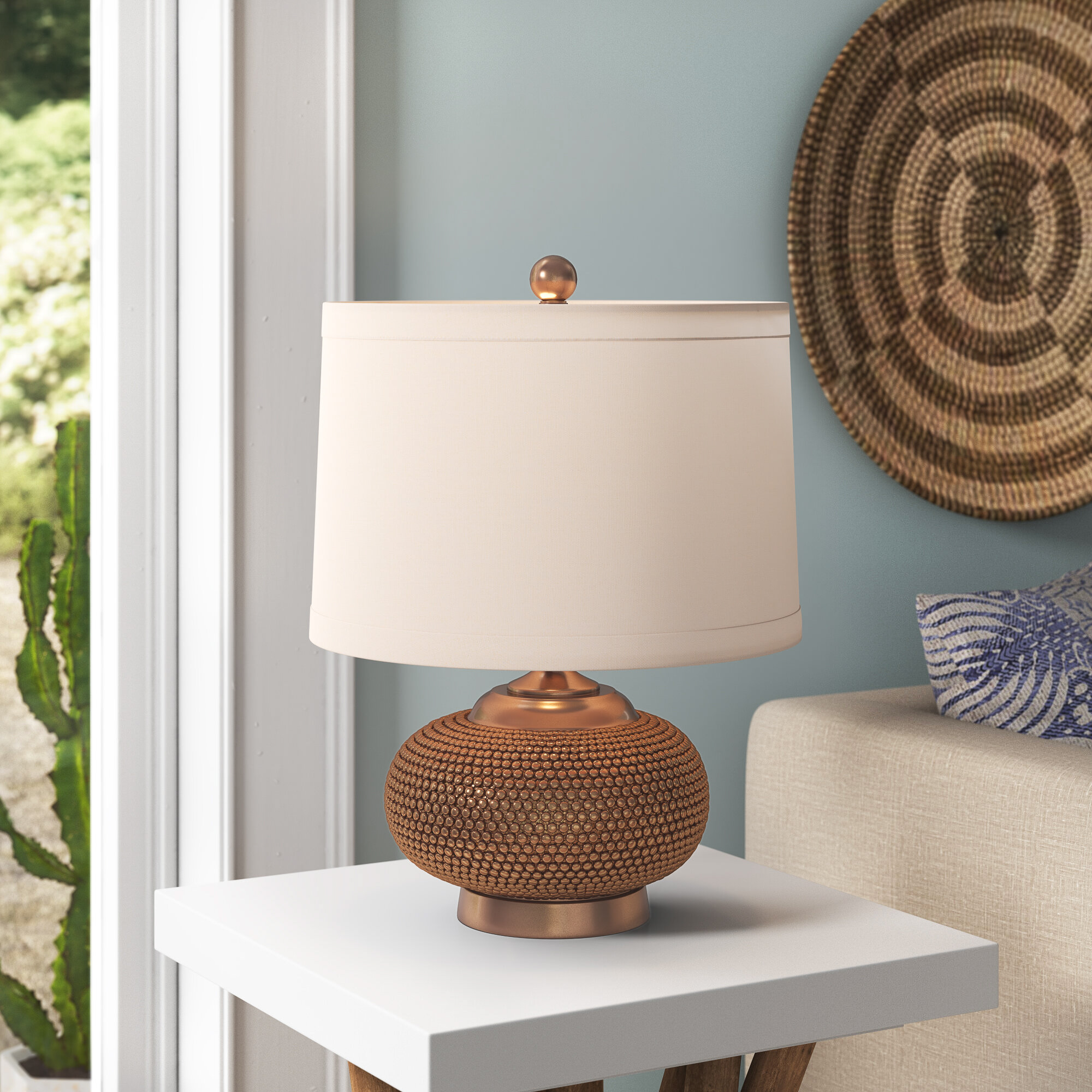
Introduction
Scandinavian design has taken over the world, and for good reason. This aesthetic has proven to be both timeless and versatile, making it perfect for a variety of interior design styles. In this article, we will delve deeper into the world of Scandinavian interior architecture, exploring the key characteristics and elements that make it so unique and impressive.
The Characteristics of Scandinavian Architecture
The first characteristic of Scandinavian architecture is its minimalism. There is a focus on clean lines, natural materials, and a neutral color palette. It is simple yet elegant, creating an atmosphere of peacefulness and tranquility. Natural lighting is also a key factor in Scandinavian design, as it allows the space to feel bright and welcoming.
Another important characteristic is the use of natural materials. Wood, leather, and wool are often used in Scandinavian interiors, giving the space a warm and cozy feel. There is a strong connection to nature and the environment, which is reflected in the use of these natural materials.
Elements of Scandinavian Architecture
The furniture used in Scandinavian architecture is often understated but functional. There is a focus on pieces that are well-crafted and timeless, rather than trendy or fad-driven. This creates a timeless quality to the space, making it feel welcoming and comfortable for years to come.
Lighting is also an important element in Scandinavian architecture. Simple and sleek light fixtures can be used to complement the minimalistic design, while natural light is encouraged to enter the space through large windows and glass doors.
Scandinavian Architecture in Practice
Scandinavian architecture has been used in a variety of settings, from residential homes to commercial spaces. It is particularly popular in office design, as it creates a calm and productive atmosphere. Scandinavian design has also been used in restaurants, cafes, and bars, creating a welcoming and cozy environment for patrons.

